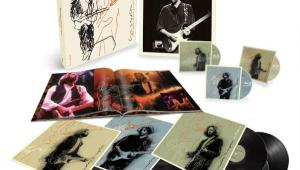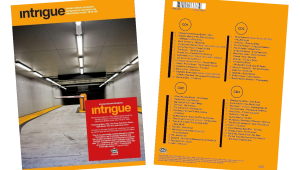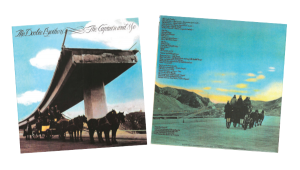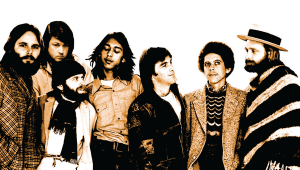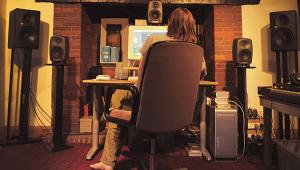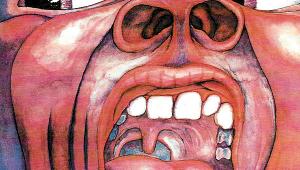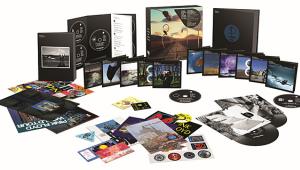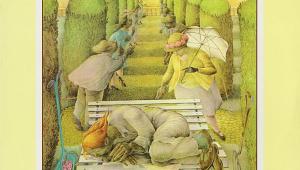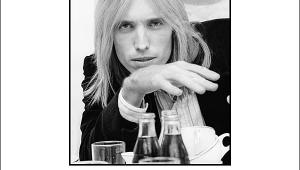Get Back to Mono Drive My Cartridge
I asked Louis Dorio, the hi-fi and products specialist for Ortofon who attended multiple Beatles in Mono listening sessions to personally install and calibrate the company’s 2M Mono SE cartridge on the McIntosh MT5 turntable used for playback, to shed some insight as to why using a mono cartridge is the best bet when playing mono LPs.—MM
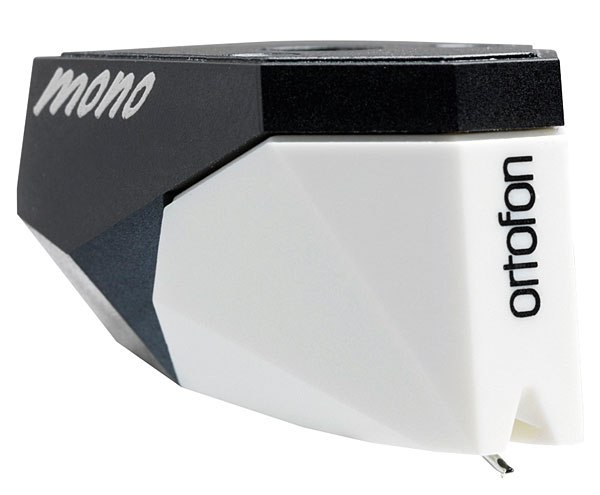
The biggest hurdle in achieving excellent mono sound reproduction is finding a cartridge that will offer true mono sound reproduction. Because a mono record only has lateral groove modulations (stereo has both lateral and vertical), a specialized cartridge is required to deliver proper sound without distortion. A stereo cartridge simply is not adequate for this purpose, nor is a mono switch on a preamp. Any vertical travel of the stylus will result in noise, robbing you of precious inner detail and resolution. Stereo cartridges also tend to introduce crosstalk and phase distortions, which can take away from the drama and impact of mono recordings.
When seeking a mono cartridge, always make sure to find out if it is “true” mono. The idea of a true mono cartridge is that any vertical movement of the stylus is not reproduced. A quick read on the specifications of any respectable cartridge should indicate exactly what you’re dealing with. (When in doubt, ask your audio dealer and/or the manufacturer to shed some light on the question.) Some cartridges of various brands simply use a 25µm-radius diamond, connect both channels together, and call it a day. Bottom line: This won’t provide true mono sound, nor will it do your cherished mono records any favors otherwise. Ortofon, a cartridge manufacturer with 95 years of history in the audio field, currently manufactures numerous true mono cartridges of both moving magnet (MM) and moving coil (MC) types, with the new 2M Mono SE cartridge ($650) being released to ship concurrently with the Beatles in Mono box set. (The regular 2M Mono cartridge sells for $356; both cartridges are available on ortofon.us.) All of these cartridges can be connected to an otherwise stereo system for instant true-mono sound reproduction.
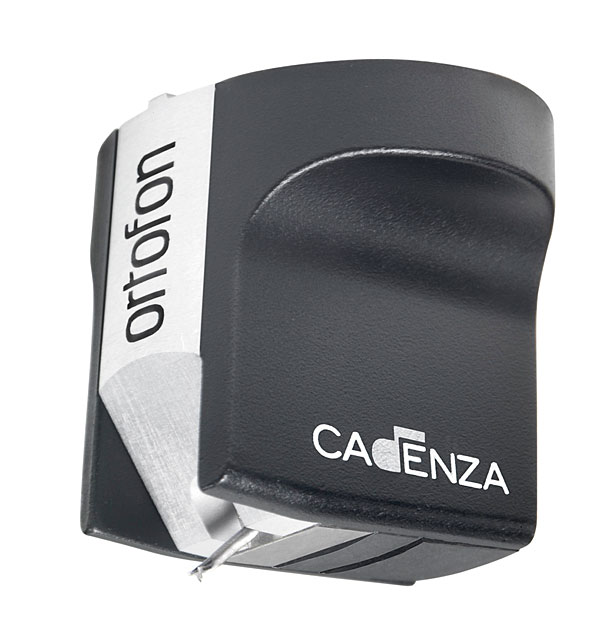
On the topic of stylus sizes, there’s also a major misconception that all mono records must be played with a 25µm-radius spherical diamond. This is simply false. The truth is, only an extremely small portion of mono records from the early 1950s will require a 25µm stylus. From the mid-’50s, the bottom groove radius was reduced significantly, which, among other things, offered the ability to use a smaller stylus for playback. This is why a majority of Ortofon’s mono cartridges make use of smaller spherical, elliptical, or fine line styli. Not only does this extract more detail from the grooves, but it has the side effect of reducing surface noise that was created by vintage cartridges whose tracking forces were much higher. This is because the groove is being played from an unworn lower position, where larger diamonds were not able to make contact and produce wear.
My personal favorite mono record, of course, is the Columbia/Legacy reissue of Miles Davis’ Kind of Blue. This is a record that will shatter preconceived notions about mono versus stereo, as it is as dimensional as any recording you’ll ever experience. Plus, it just has a body that you can really sink your teeth into, which is characteristic of a lot of mono pressings. “So What” is my favorite track on it. Cue it up, and you’ll hear exactly what I mean.—Louis Dorio

